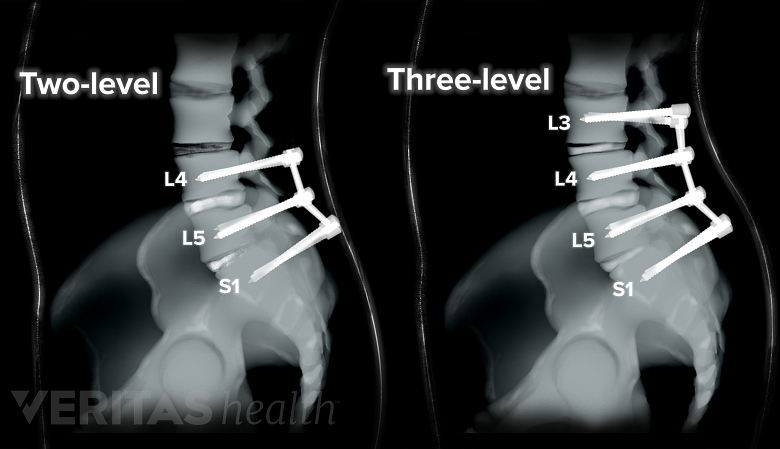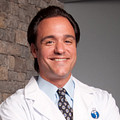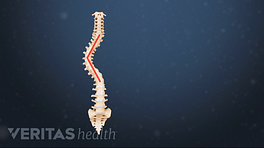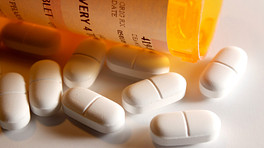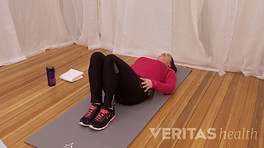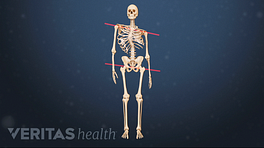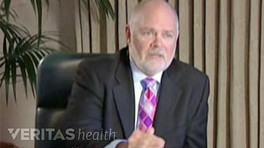After the patient has been home for a couple weeks and attended the first follow-up appointment with the surgeon, a few precautions will be lifted and new freedoms gained. However, this is still a critical period in the recovery as rest remains the primary focus until the three-month mark has been reached.
In This Article:
- Scoliosis Surgery: Postoperative Care
- Scoliosis Surgery: Planning for Postoperative Care at Home
- Scoliosis Surgery Recovery: At the Hospital (4 to 7 Days)
- Scoliosis Surgery Recovery: After Discharge (First 14 Days)
- Scoliosis Surgery Recovery: After Discharge (2 Weeks to 3 Months)
- Scoliosis Surgery Recovery: 3 Months Post-Operation and Beyond
Two to Four Weeks Post-Operation
During this time period, the patient will likely experience the following with permission from the surgeon:
- Start soaking in tubs if desired. Once the incision wound has healed, the patient is no longer at risk for bacteria to enter through the incision site and can be submerged in water again. If the patient prefers taking baths or just soaking in a tub or whirlpool, these activities can be resumed. However, great care must still be taken while getting in and out of a tub, and swimming should still be avoided.
- Return to school. If the patient is school-age, he or she can usually return to class within the first month after surgery. Activities such as gym class, exercise, and sports will usually require waiting a little longer. Most surgeons make these decisions on a case by case basis. Patients ease back into the rigors of school, so the first week back will probably just be half days. Also, some school districts offer home tutors who can help patients with their school work.
- Transition off narcotics. Most patients will be taken off narcotics (opioids) and switch to a weaker pain medication, such as acetaminophen (e.g., Tylenol), sometime between the two- and four-week mark. A few patients might take much longer to go off narcotics.
- Go out with friends. While friends have been allowed to visit the patient in the hospital and at home during the early stages of recovery, at about the four-week mark the patient can start going out with friends on a limited basis. However, the patient will need to be off narcotics before being cleared to go out with friends.
- Riding in vehicles. Except for doctor visits, car rides are discouraged during the early part of recovery because potholes and bumps in the road can cause the patient to bend or twist, which are to be avoided. As the patient’s recovery progresses, the doctor may give permission to ride in vehicles more often.
It should be reiterated that every patient is different, and no activity should be resumed without the doctor’s permission. For example, using a hot tub or spa before getting medical clearance is especially risky because they are more likely to contain harmful and resistant bacteria.
6 Weeks to 12 Weeks Post-Operation
X-rays help analyze the progress of spinal fusion.
At about six weeks, X-rays are taken to assess surgical healing and the fusion process. The patient will still not have normal energy levels, but the spine’s healing should be far enough along to permit activities.
If the patient has been moving around well enough and is off narcotics, he or she can also return to driving. Some surgeons recommend that the patient have physical therapy prior to driving in order for a therapist to assess level of pain, coordination, and reaction time.
Each individual has his or her own pathology and tolerates pain differently, so the timing can vary greatly in terms of when a patient can completely go off pain medication. Typically, patients will no longer need pain medication six weeks after scoliosis surgery.
If the patient has a job, he or she will likely be able to return to sedentary or desk work by the four- to six-week mark. However, it will probably take more than six weeks of recovery before jobs that are more strenuous can be resumed.
